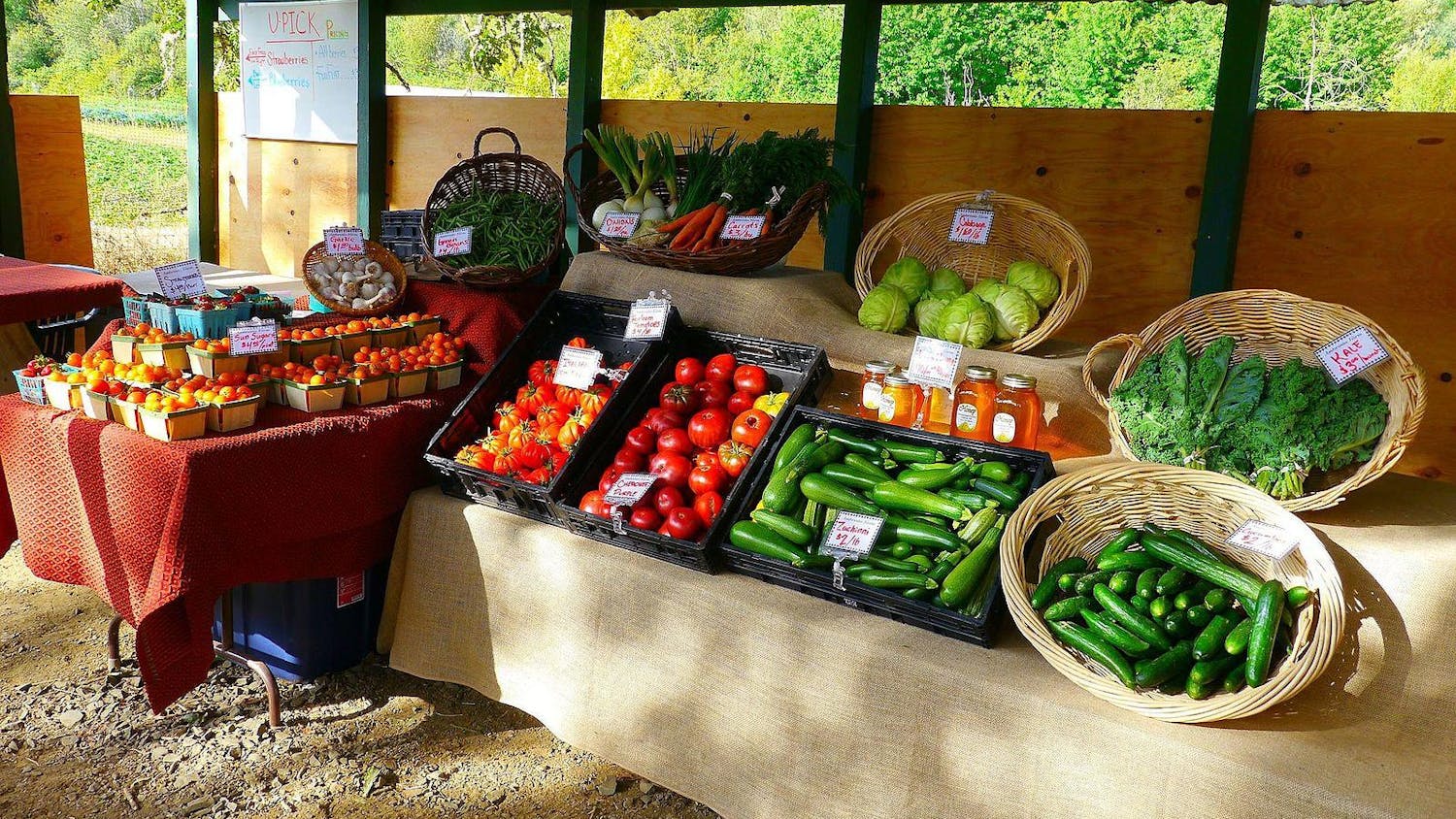I often think of breadmaking as an activity reserved for only the most skilled of bakers. Something about the process of working with yeast, making sure the dough is glutinous and the time commitment necessary for the dough to rise seem completely out of the realm of possibility for any busy college student. When I found this recipe in my family’s collection, with the words “Good recipe, Mom. Even you can make it!!” snarkily scribbled on the side, I figured it would be worth a shot. Fortunately, this bread, which originates from my mother’s high school home economics class, really does break the stereotype of impossible bread recipes. As such, I would like to extend a warm thank you to my mother’s home economics teacher, Mrs. Hurley, both for proving that breadmaking doesn’t need to be difficult, and for answering the age-old high school question: “When will I need to know this?”
First, add 2 packages of dried yeast to 2 ½ cups of lukewarm water. Stir the mixture gently to dissolve the yeast. Add a ¼ cup of sugar, ¼ cup of honey, ½ cup of molasses, ½ cup of shortening, 2 eggs and 1 tablespoon of salt in with the water and yeast.
Once you have beaten together your wet ingredients with a fork, you’re all set to start adding in flour. Stir in flour 2 cups at a time until stirring gets difficult. You’ll need around 7 or 8 cups total. Next, you’re going to want to turn out your dough onto a floured surface and knead it until it forms a smooth ball with blisters on the surface. This should probably take you around 10 to 15 minutes. Place the dough into a bowl that you have greased with shortening, grease the top of the dough with additional shortening and cover it with plastic wrap or a damp towel. This will help ensure the dough doesn’t dry out. Leave it alone for about an hour or until it has doubled in size.
Once the dough has risen, dump it back out onto the table and knead it for five minutes. Then simply cut it in half, place the halves into two bread tins and allow the bread to sit for 15 more minutes. If you don’t have two bread tins, that’s fine. You can place one half into the fridge and bake it after if you’d like. After allowing the bread to rise again, place the tins onto a baking sheet. This will prevent the sugar in the bread from burning on the bottoms of the loaves. Place the sheet into the oven at 375 F. After approximately half an hour, take the loaves out of the tins and tap the bottom of each loaf. If you hear a hollow sound, like a drum being hit, the bread is done. If not, pop it back in for five minute increments until it does. Allow the bread to cool to room temperature and you’re all set! Happy baking!
Eat your heart out: Honey and molasses bread






